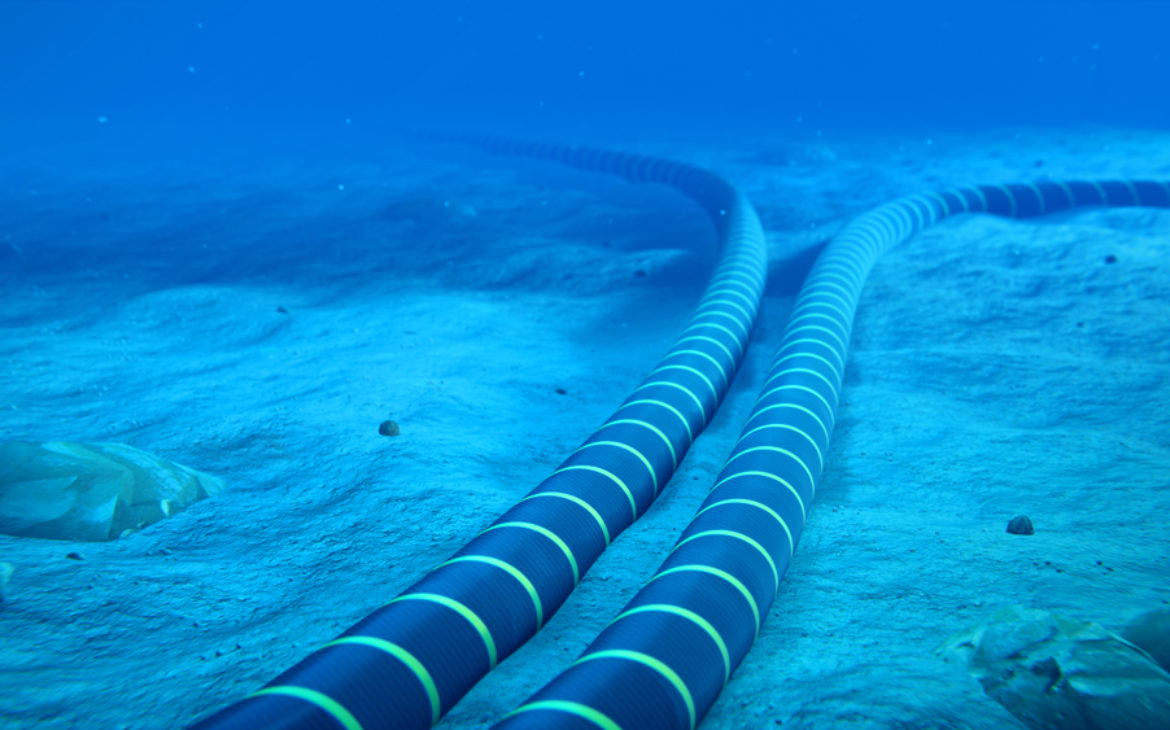Tech giant Meta has unveiled plans for Project Waterworth, a groundbreaking multi-billion dollar undersea cable designed to enhance global digital infrastructure. Spanning an impressive 50,000 kilometers, it is set to become the longest submarine cable in the world, connecting key regions such as the United States, India, Brazil, and South Africa.
Pushing the limits of undersea cable technology
What sets Project Waterworth apart is its innovative routing system, which will enable the cable to be laid at record-breaking depths of up to 7,000 meters (23,000 feet). Additionally, Meta plans to implement advanced burial techniques in high-risk seismic zones and shallow coastal waters, ensuring greater resilience and durability.
“Project Waterworth represents a multi-billion dollar, multi-year investment aimed at expanding the scale and reliability of the world’s digital highways,” explained Meta network engineers Gaya Nagarajan and Alex-Handrah Aimé. “By opening three new oceanic corridors, this project will provide the high-speed connectivity needed to accelerate AI innovation worldwide.”
What we know so far
Meta has yet to disclose exact routes, costs, or timelines, but industry reports suggest the project could cost around $2 billion and may be fully owned by Meta. Speculation also points to potential landing stations in India, particularly in Jio data centers.
This new venture builds upon Meta’s existing leadership in undersea infrastructure, including the 45,000km-long 2Africa cable, which was previously set to be the world’s longest. That project, which links 33 countries across Africa, Europe, and Asia, is co-financed by major telecom players such as Telecom Egypt, China Mobile International, MTN GlobalConnect, Orange, STC, Vodafone, and WIOCC.
With Project Waterworth, Meta is not only expanding its reach but also reinforcing the backbone of the global internet, paving the way for a new era of AI-driven connectivity.
